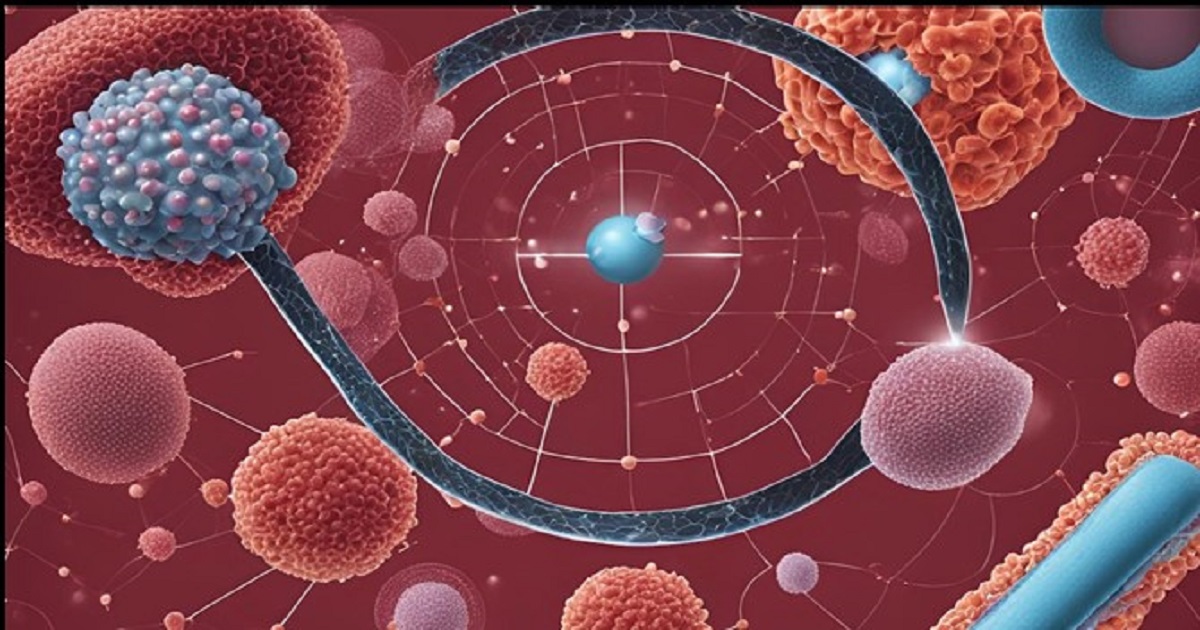Nanomedicine’s Role in Oncology
A special issue of Cancers (ISSN 2072-6694). This special issue belongs to the section "Methods and Technologies Development".
Deadline for manuscript submissions: 31 December 2025 | Viewed by 1752

Special Issue Editors
Interests: nanomedicine; X-ray imaging; radiation dosimetry; diagnostic radiology; radiotherapy; hyperthermia
2. 2nd Department of Radiology, Medical School, National and Kapodistrian University of Athens, 15772 Athens, Greece
3. Department of Medicine, Democritus University of Thrace, 68100 Alexandroupolis, Greece
Interests: biophotonics; laser ablation; optical tweezers; nanoparticles; ionizing radiation; atomic force microscopy
Special Issues, Collections and Topics in MDPI journals
Special Issue Information
Dear Colleagues,
Nanotechnology is a rapidly emerging field with diverse applications across a broad spectrum of sciences and engineering. The term nanomedicine refers to the use of nanotechnology in medicine, encompassing diagnostic, therapeutic, and theranostic approaches to various conditions. In oncology, the application of nanomedicine has seen dynamic growth over the past decade, leading to numerous cutting-edge advancements. The unique chemical, biological, and physical properties of nanoparticles, along with their functionalization, have contributed to significant breakthroughs. These include the development of novel nanocarriers for delivering chemotherapeutic agents, the use of nanoparticles as CT/MRI contrast agents, hyperthermia mediators, and their role as radiosensitizers in radiotherapy. This progress continues, and many more innovations are expected in the future.
This Special Issue of Cancers, titled “Nanomedicine’s Role in Oncology”, welcomes original research articles, as well as narrative and systematic reviews, on nanomedicine-related methods and developments in technology for the diagnosis and treatment of all cancer types. We invite colleagues to submit their work on topics such as nanotheranostics, nano-biomarkers, nano-biosensors, nanoparticle-mediated imaging modalities, nanoparticles as photosensitizers, radiosensitizers, and other general nanotools.
Prof. Dr. Efstathios Efstathopoulos
Dr. Ellas Spyratou
Guest Editors
Manuscript Submission Information
Manuscripts should be submitted online at www.mdpi.com by registering and logging in to this website. Once you are registered, click here to go to the submission form. Manuscripts can be submitted until the deadline. All submissions that pass pre-check are peer-reviewed. Accepted papers will be published continuously in the journal (as soon as accepted) and will be listed together on the special issue website. Research articles, review articles as well as communications are invited. For planned papers, a title and short abstract (about 100 words) can be sent to the Editorial Office for announcement on this website.
Submitted manuscripts should not have been published previously, nor be under consideration for publication elsewhere (except conference proceedings papers). All manuscripts are thoroughly refereed through a single-blind peer-review process. A guide for authors and other relevant information for submission of manuscripts is available on the Instructions for Authors page. Cancers is an international peer-reviewed open access semimonthly journal published by MDPI.
Please visit the Instructions for Authors page before submitting a manuscript. The Article Processing Charge (APC) for publication in this open access journal is 2900 CHF (Swiss Francs). Submitted papers should be well formatted and use good English. Authors may use MDPI's English editing service prior to publication or during author revisions.
Keywords
- nanomedicine
- oncology
- interventional oncology
- nanotechnology development
- cancer diagnosis
- cancer treatment
- cancer imaging
Benefits of Publishing in a Special Issue
- Ease of navigation: Grouping papers by topic helps scholars navigate broad scope journals more efficiently.
- Greater discoverability: Special Issues support the reach and impact of scientific research. Articles in Special Issues are more discoverable and cited more frequently.
- Expansion of research network: Special Issues facilitate connections among authors, fostering scientific collaborations.
- External promotion: Articles in Special Issues are often promoted through the journal's social media, increasing their visibility.
- Reprint: MDPI Books provides the opportunity to republish successful Special Issues in book format, both online and in print.
Further information on MDPI's Special Issue policies can be found here.







